-
- Find Care
-
- Visitor Information
- Find a Location
- Shuttles
- Visitor Policies
-
-
- Our Virtual Care Options
- Virtual Urgent Care
- Virtual Visits for Primary & Specialty Care
- Online Second Opinions
- Participate in Research
-
- Contact us
-
- For Innovators
- Commercialization Guide for Innovators
-
-
- Research News
- Alzheimer's Disease
- Artificial Intelligence
-
- Overview
-
- Overview
- Getting Started
- New to Mass General Brigham
- International Patient Services
- What Is Patient Gateway?
- Planning Your Visit
- Find a Doctor (opens link in new tab)
- Appointments
- Patient Resources
- Health & Wellness
- Flu, COVID-19, & RSV
- Billing & Insurance
- Financial Assistance
- Medicare and MassHealth ACOs
- Participate in Research
- Educational Resources
- Visitor Information
- Find a Location
- Shuttles
- Visitor Policies
- Find Care
-
- Overview
- Our Virtual Care Options
- Virtual Urgent Care
- Virtual Visits for Primary & Specialty Care
- Online Second Opinions
-
- Overview
- Participate in Research
-
- Overview
- About Innovation
- About
- Team
- News
- For Industry
- Venture Capital and Investments
- World Medical Innovation Forum (opens link in new tab)
- Featured Licensing Opportunities
- For Innovators
- Commercialization Guide for Innovators
- Contact us
-
- Overview
- Information for Researchers
- Compliance Office
- Research Cores
- Clinical Trials
- Advisory Services
- Featured Research
- Two Centuries of Breakthroughs
- Advances in Motion (opens link in new tab)
- Brigham on a Mission (opens link in new tab)
- Gene and Cell Therapy Institute
- Research News
- Alzheimer's Disease
- Artificial Intelligence
-
- Overview
-
- Overview
- Residency & fellowship programs
- Brigham and Women's Hospital
- Massachusetts General Hospital
- Mass Eye and Ear
- Newton-Wellesley Hospital
- Salem Hospital
- Integrated Mass General Brigham Programs
- Centers of Expertise
- Global & Community Health
- Health Policy & Management
- Healthcare Quality & Patient Safey
- Medical Education
- For trainees
- Prospective trainees
- Incoming trainees
- Current trainees
- Continuing Professional Development
'Barriers to Innovation' Survey Shows Improvement in Underrepresented Faculty’s Perception as Innovators
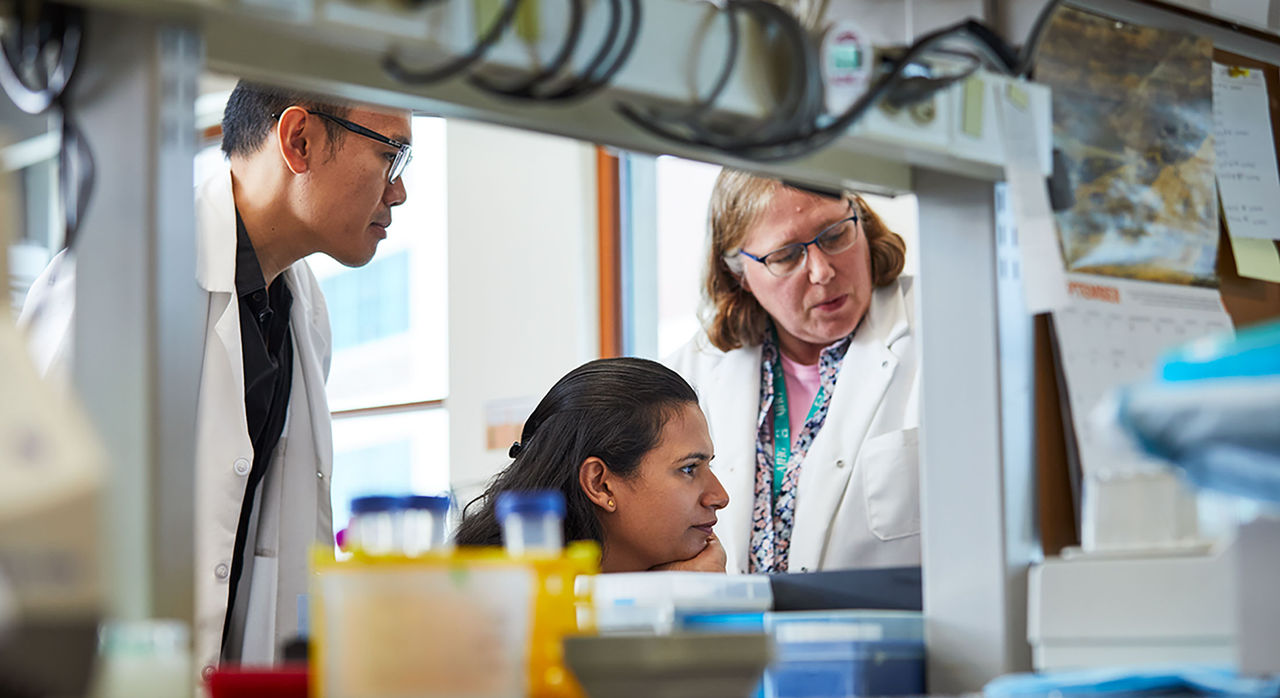
Findings inform educational programs like CILP, next slated for May 15
Progress is being made in boosting the number of underrepresented groups that consider themselves as innovators, based on the latest survey results from the Mass General Brigham Innovator Community Expansion Initiative (ICEI). Conducted in September, the survey set out for a second time to better understand why women and other underrepresented faculty do not pursue innovation at the rate of their male colleagues.
But first, the surveyors wanted to know if the women respondents thought of themselves as innovators, that is, actively participating in the creation of inventions aimed at bettering patient care. The survey found that the system’s female respondents are somewhat more likely to consider themselves innovators, when compared to the first survey conducted in 2020. This is a step forward.
The Barriers to Innovation survey was a collaboration with ICEI advisor Katie Coffman, PhD, associate professor, Harvard Business School, and distributed to all Mass General Brigham employees; nearly 500 responded.
The work of discovery has long been male territory. While nearly 400,000 patents were issued in the U.S. in 2020, the women inventor rate was just 12.8% according to the U.S. Patent and Trademark Office. The factors that create this imbalance are most likely cultural, organizational, and educational.
Diana Schwartzstein, ICEI’s managing director for administration and strategy, believes it is imperative to identify the barriers and help women and other underrepresented groups realize their innovation potential. By addressing notable gaps in the innovation pool, ICEI is focused on initiatives, designed to encourage health care innovation from women and other underrepresented groups— a crucial part of the system’s efforts to increase diversity and inclusion.
“There’s a large number of potential innovators in our system who are currently not represented in the innovator community. We need to understand their barriers and provide resources and tools to support their innovation journeys,” said Schwartzstein. “Our ultimate goal is to increase the output of commercially actionable innovation, and we’re trying to do that by ensuring the pool of innovators represents our entire workforce.”
2022 barriers to innovation survey summary
Demographics
488 responses received (50% Massachusetts General Hospital, 30% Brigham and Women's Hospital, 20% from Mass Eye and Ear, Mass General Brigham (enterprise), McLean Hospital, Spaulding Rehabilitation, Cooley Dickinson)
- 40% are physicians
- Of the 451 who answered the gender question, 54% identified as women
- 69% identified as white, 14% Asian, 4% Black
- Most respondents had >20 years (39%) or 10-20 years (24%) experience
Analysis
- Women less likely to consider themselves innovators
- Perceived barriers to innovation, when filtering by gender and race, the top 3 all the same
- Lack of resources
- Lack of community and organization support
- Lack of know how
- Perception that ideas are too early stage hold individuals back from pursuing innovation and reaching out to the Innovation team, especially for women
“We are a data-driven initiative and spend time understanding what our community needs before designing interventions. We use the Barriers to Innovation survey results to customize and plan programs,” said Schwartzstein. “We also want to ensure our interventions are results-driven so we build in evaluation to measure the impact of our programs.”
Through surveys, ICEI has identified the perceived lack of knowledge and inadequate resources as the largest barriers to participating in innovation. The team is focusing its mitigation efforts on creating educational programs and resources, providing development, and networking opportunities.
As part of the educational programming, ICEI offers CILP, the Commercialization and Inclusive Leadership Program, a one-day annual program, in collaboration with Babson College, which promotes inclusive innovation and explores the path to commercialization for new and potential innovators. The program also helps participants advocate for innovation within Mass General Brigham.
The next CILP, the second one, will be held on May 15; 50 attendees are expected.
In addition, innovators can take advantage of the Innovation MESH (Medically Engineered Solutions in Healthcare) Network. Here, an on-demand learning and networking platform focuses on educating individuals on the fundamentals of innovation and enabling dialogue and interactions among researchers throughout the system.
ICEI also has a Diversity Development Program, providing women and diverse senior faculty and leaders opportunities to learn complementary industry business skills and build relationships with industry leaders. The program includes company-led sessions, development workshops, and targeted networking.
To date, the ICEI has produced tangible results:
- 400 new innovators in FY22; 40% of whom were women, exceeding the goal of 240 by 80%.
- More than 50% of the participants in the first cohort of CILP (held in March 2022) were women. Pre- and post-surveys showed a significant increase in the participants’ understanding of key innovation processes and their willingness to participate in the future
- Four faculty participants in the Diversity Development program have been offered significant professional development opportunities with industry
- Harvard Business School is teaching a case built on ICEI’s efforts to promote inclusive innovation at Mass General Brigham
- An active dialogue has been established with all participants that includes regular feedback surveys
For more information on ICEI, contact Diana Schwartzstein.
Related news
-
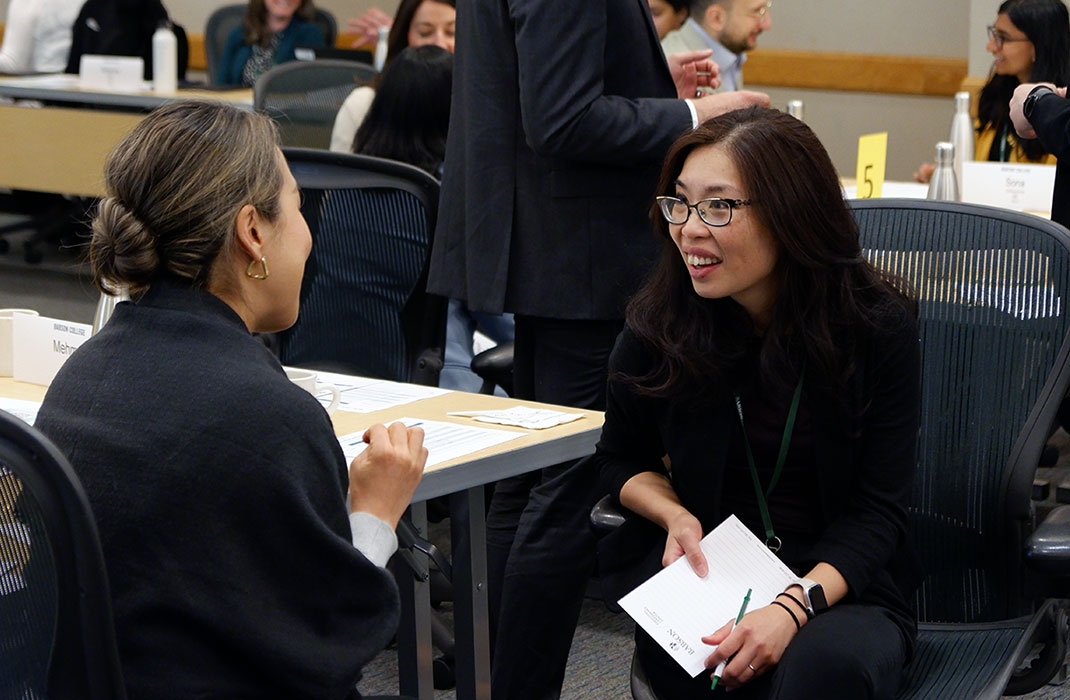
published on
-
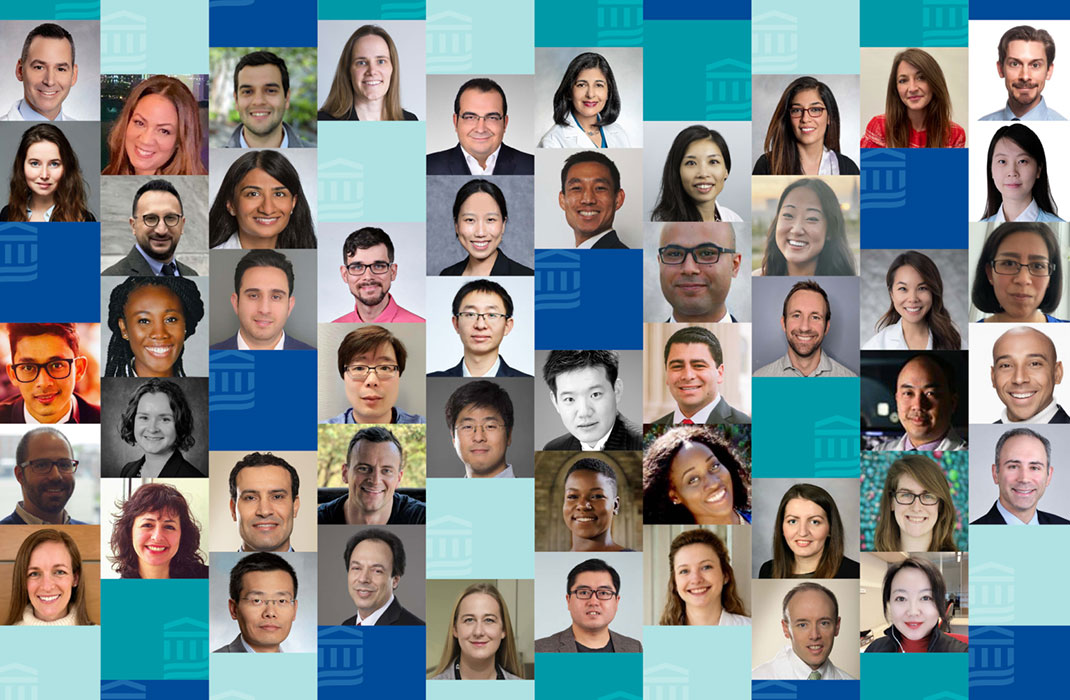
published on
-
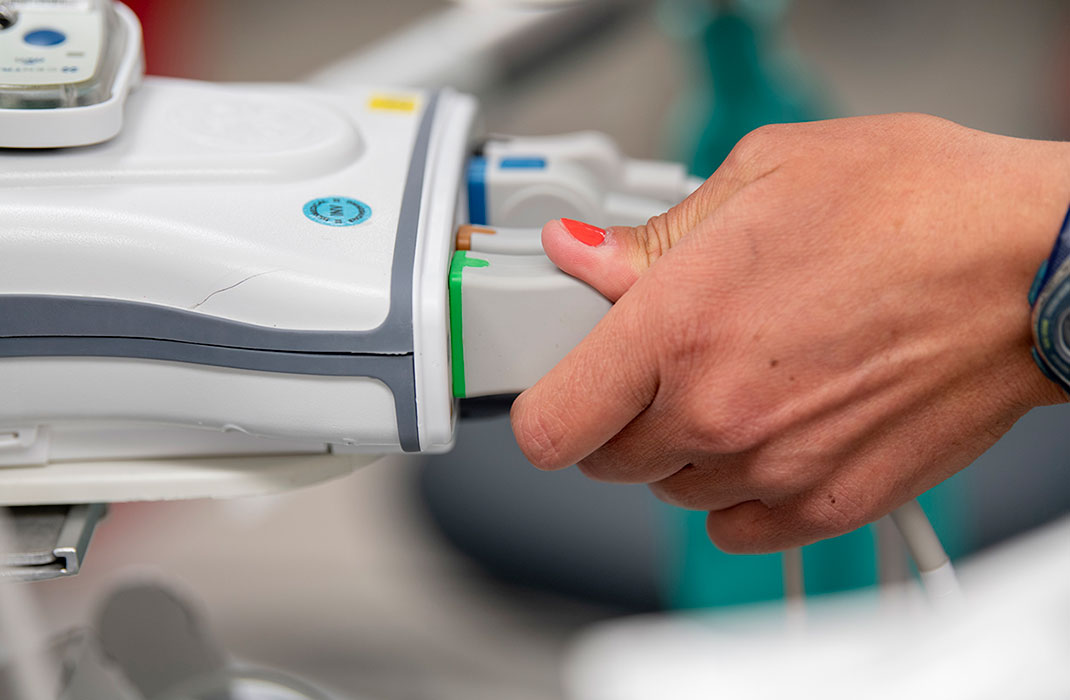
published on
-
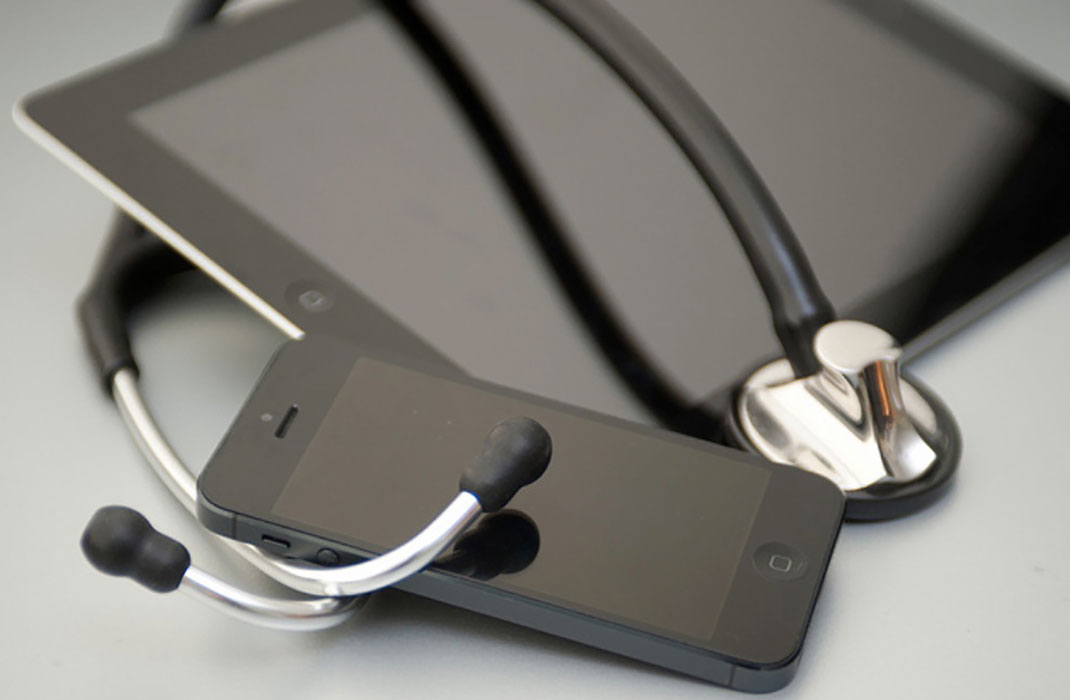
published on
-
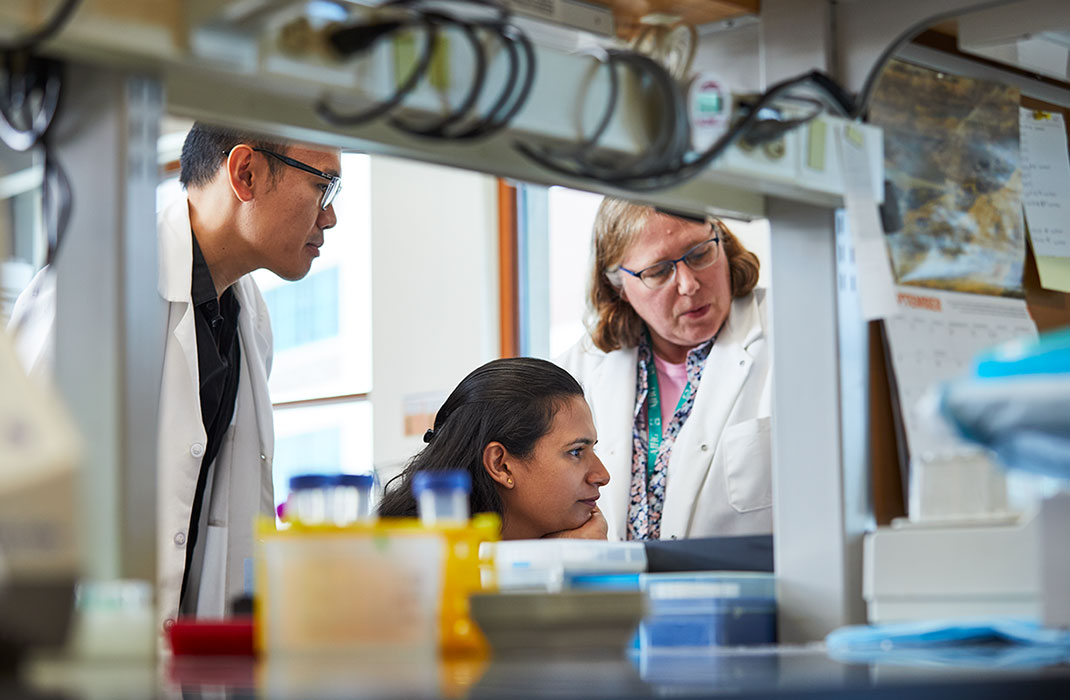
published on
-
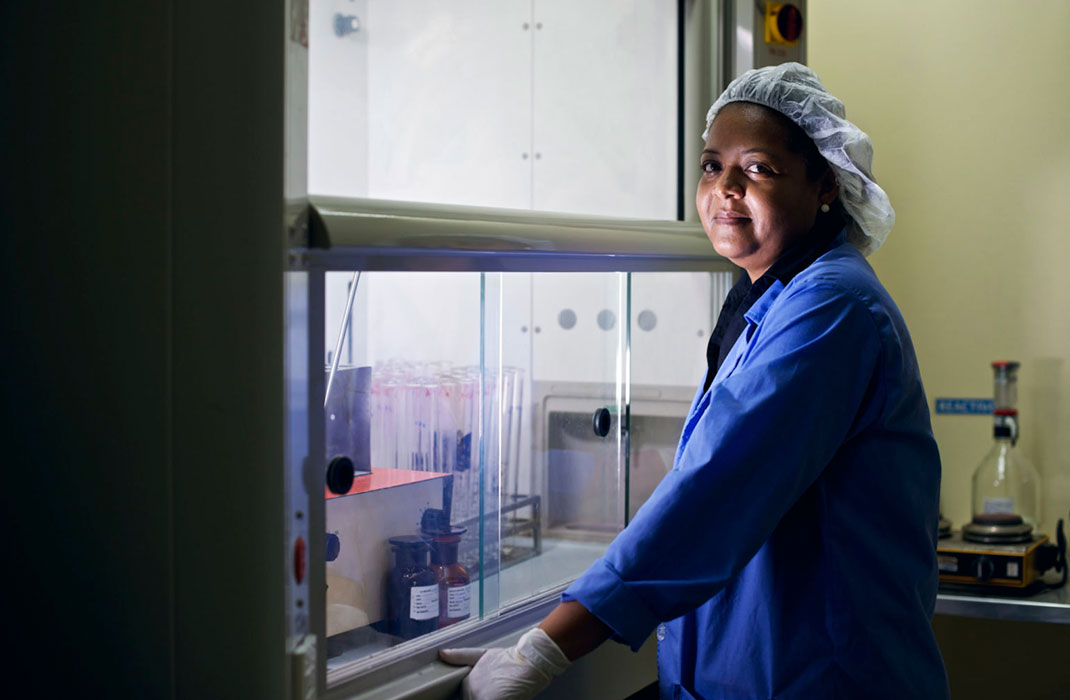
published on